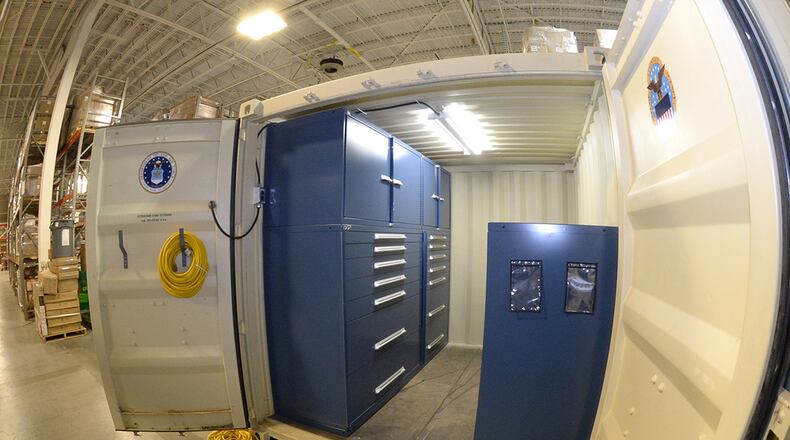The combined directorate’s mission is to shape the workforce and infrastructure to provide logistics, sustainment and installation support for Air Force weapon systems, acquisition logistics, supply management, depot maintenance and nuclear integration.
The re-organization aligns AFMC to other major command structures, such as that of Air Mobility Command and the U.S. Air Forces in Europe, each of which has a combined directorate to oversee Operations, Strategic Deterrence and Nuclear Integration. The merger also raised the grade of the AFMC headquarters staff nuclear principal to that of flag officer, helping to better posture the command to support nuclear enterprise capabilities that span logistics and product support to oversight of weapons storage facilities and maintenance of ground based strategic deterrent systems.
“New as well as legacy nuclear enterprise systems require resources and personnel to support fielding and sustainment, which considerably impacts our oversight responsibilities and resourcing decisions,” said Day. “This merger will allow us to reallocate our resources more efficiently to meet the Air Force nuclear modernization efforts.”
The new directorate has eight divisions, which include Civil Engineering, Product Support Management, Maintenance, Systems, Resource Integration, Logistics Readiness, Security Forces and Nuclear Integration. There were no changes in manpower numbers as a result of the reorganization.
The two merged directorates were formerly known individually as the Logistics, Civil Engineering and Force Protection Directorate, or A4, and the Strategic Deterrence and Nuclear Integration Directorate, or A10. The new directorate retains the A4/10 designation.
Similar mergers have occurred at other Air Force major commands to better align forces for the agile, integrated, multi-domain operations of the future.
About the Author
